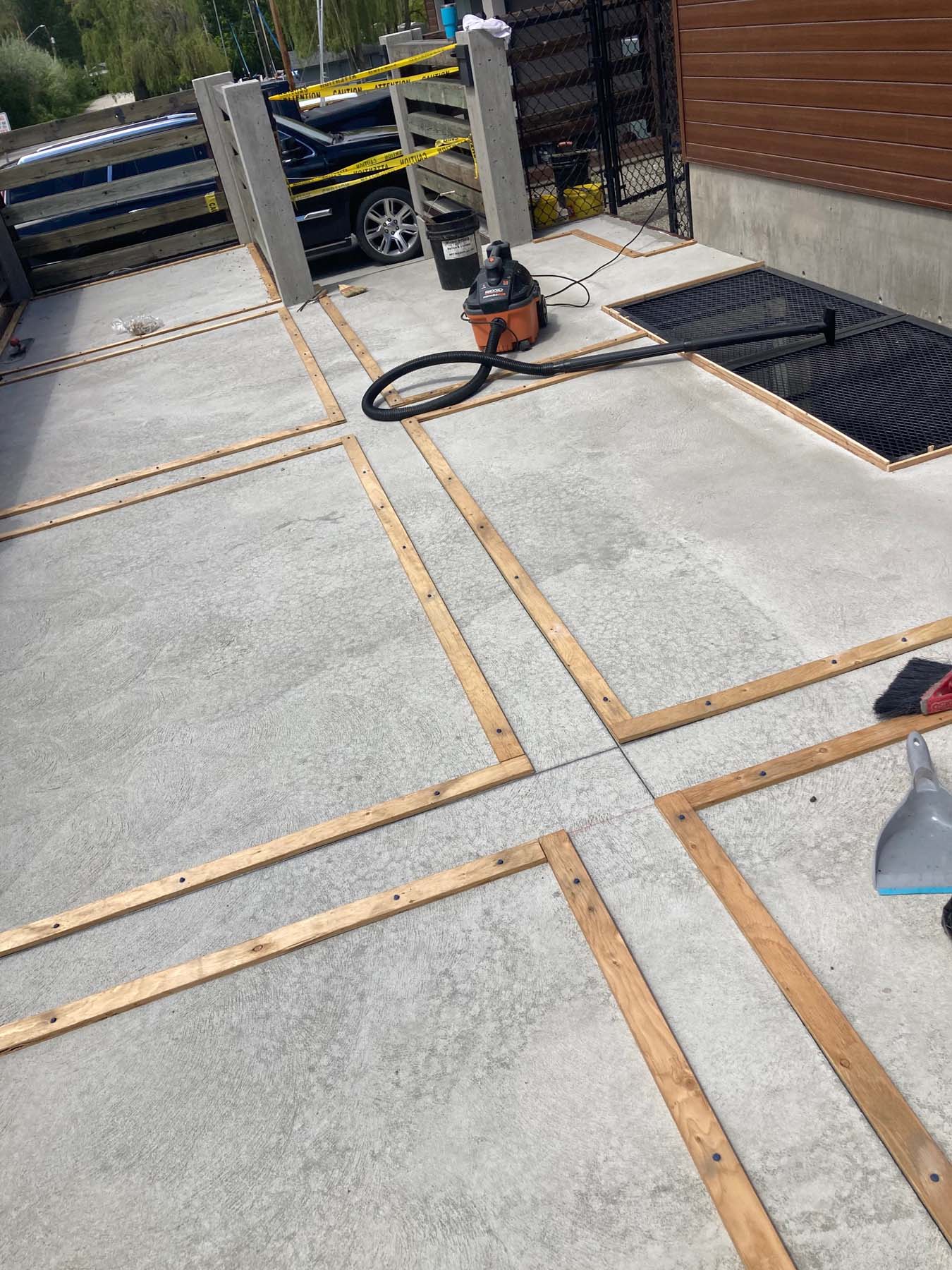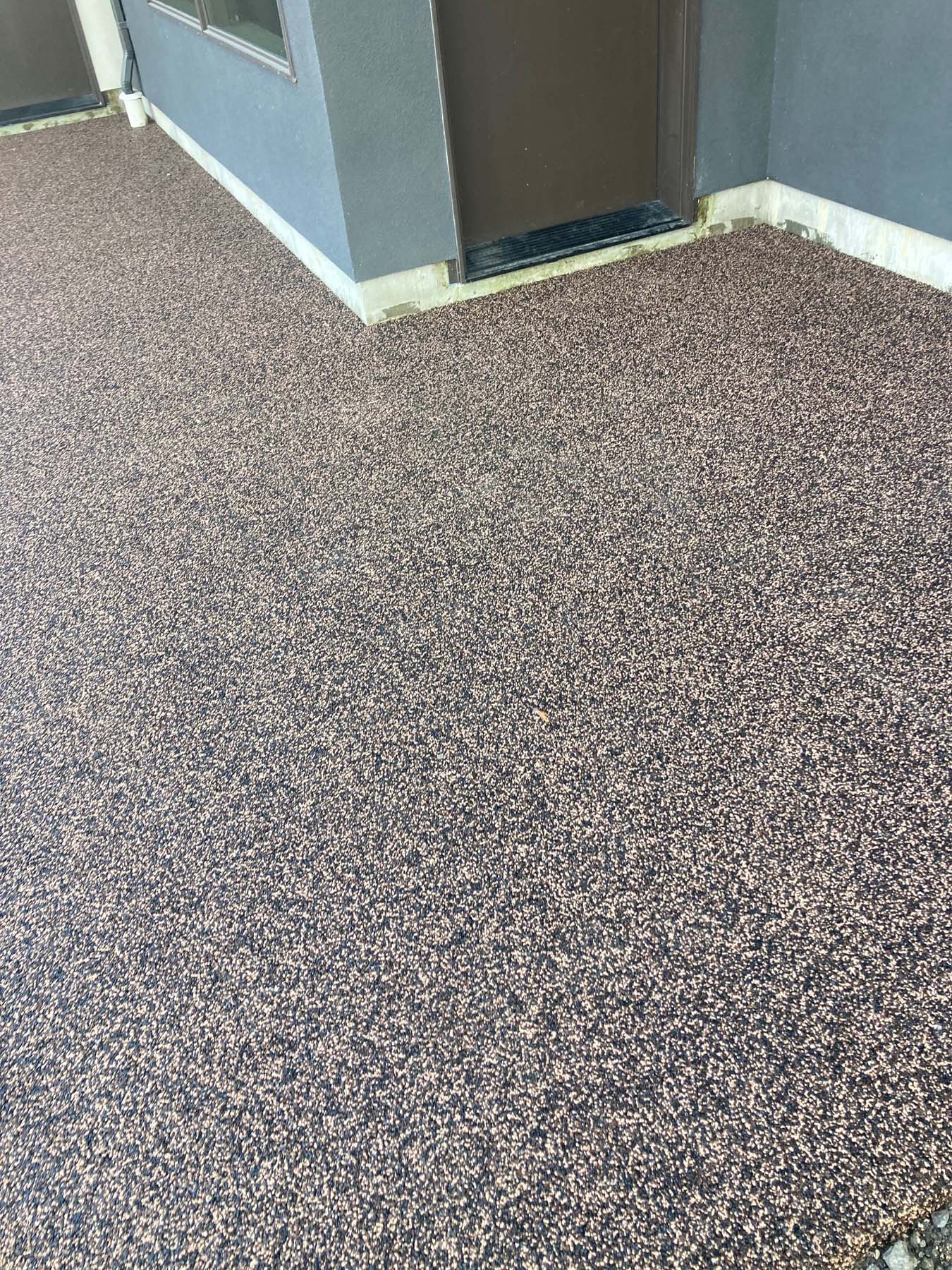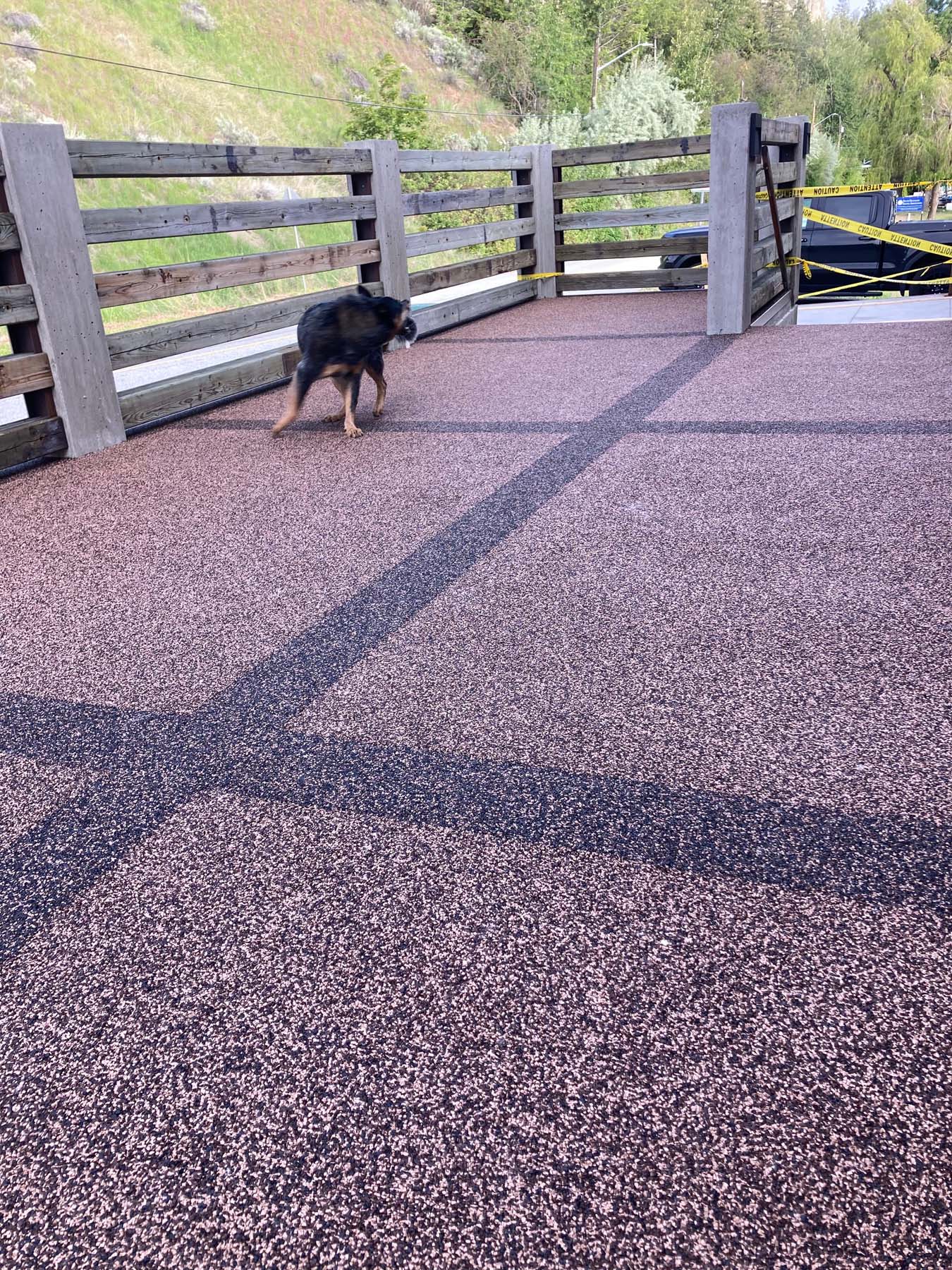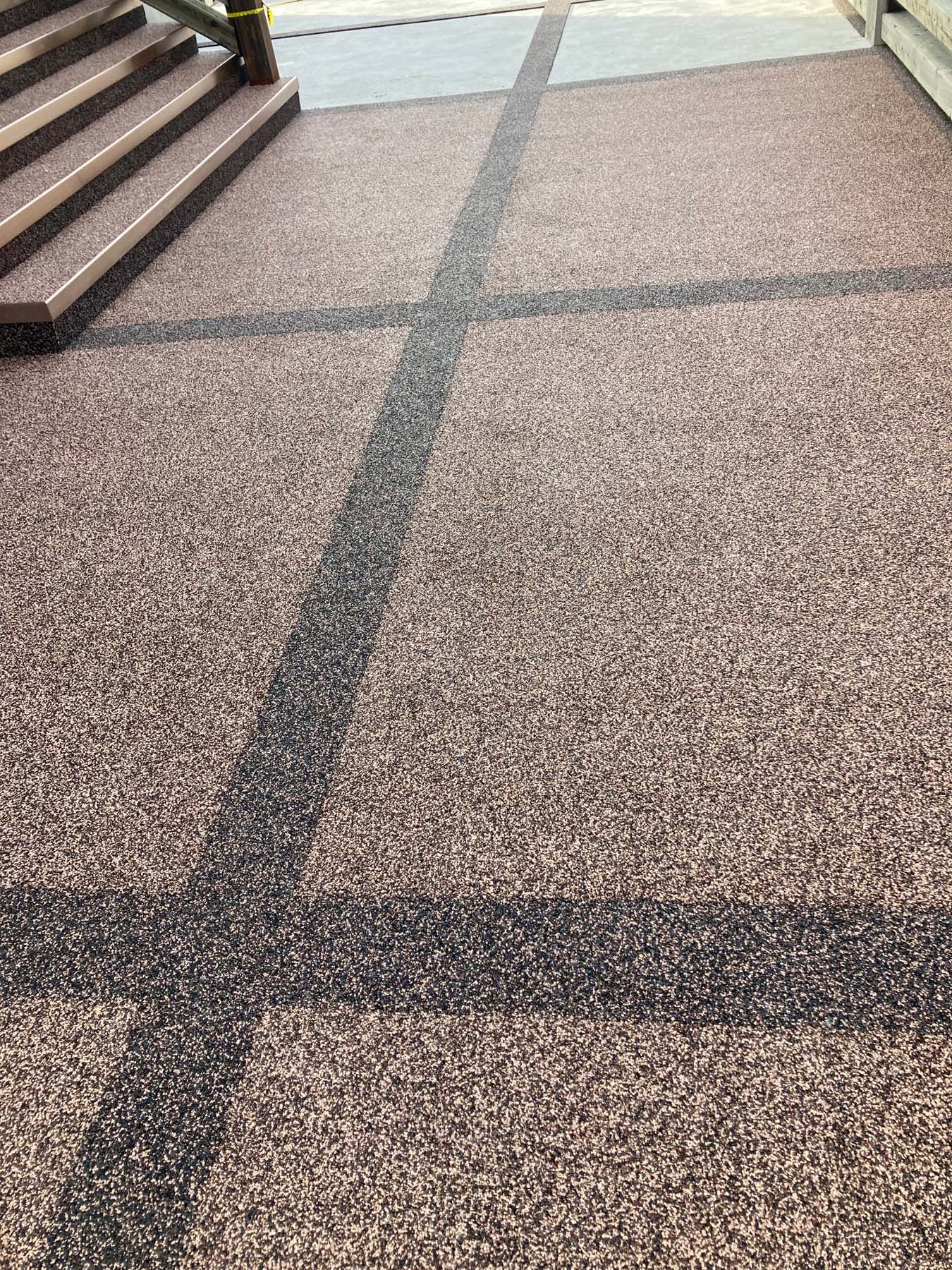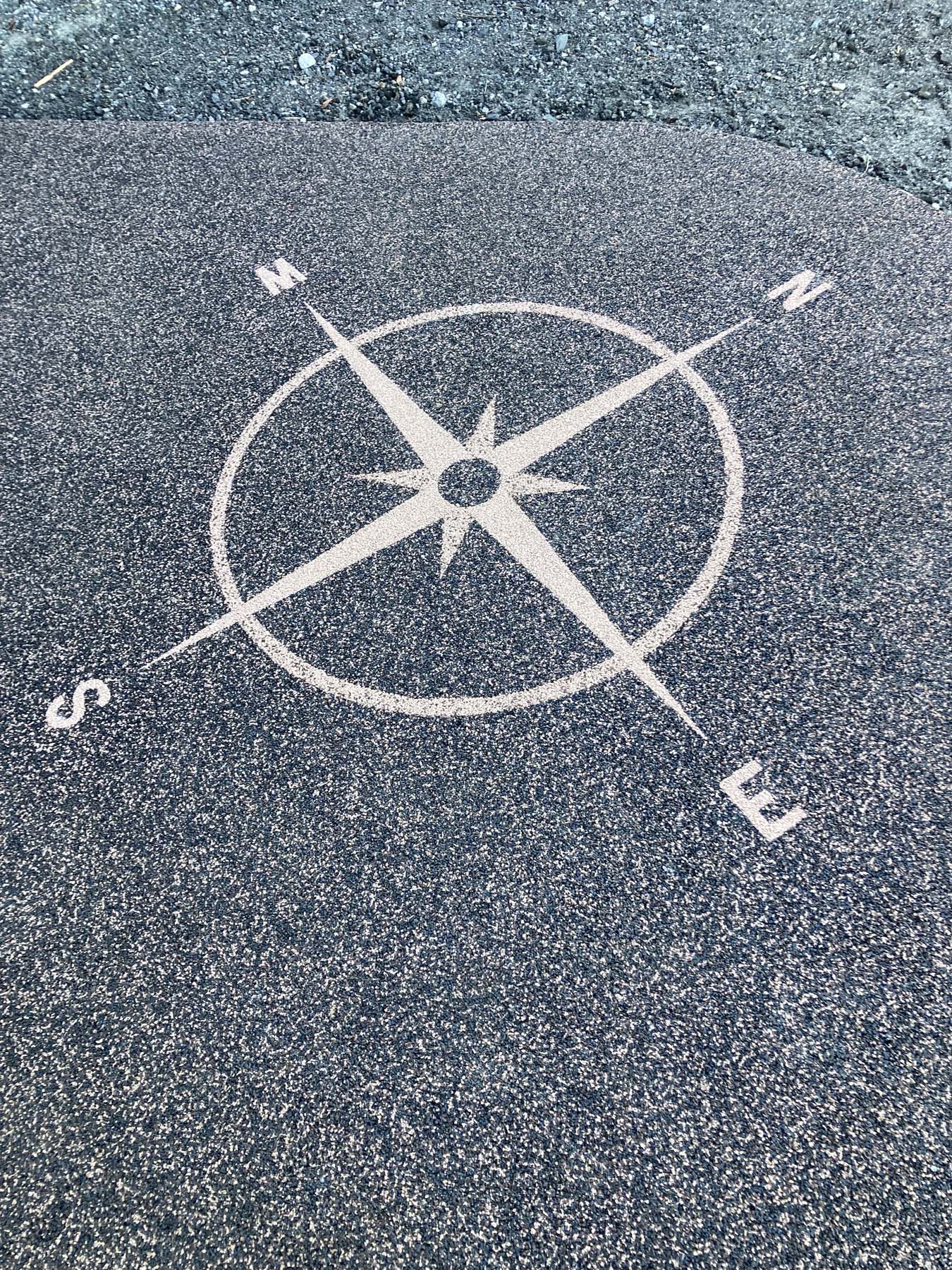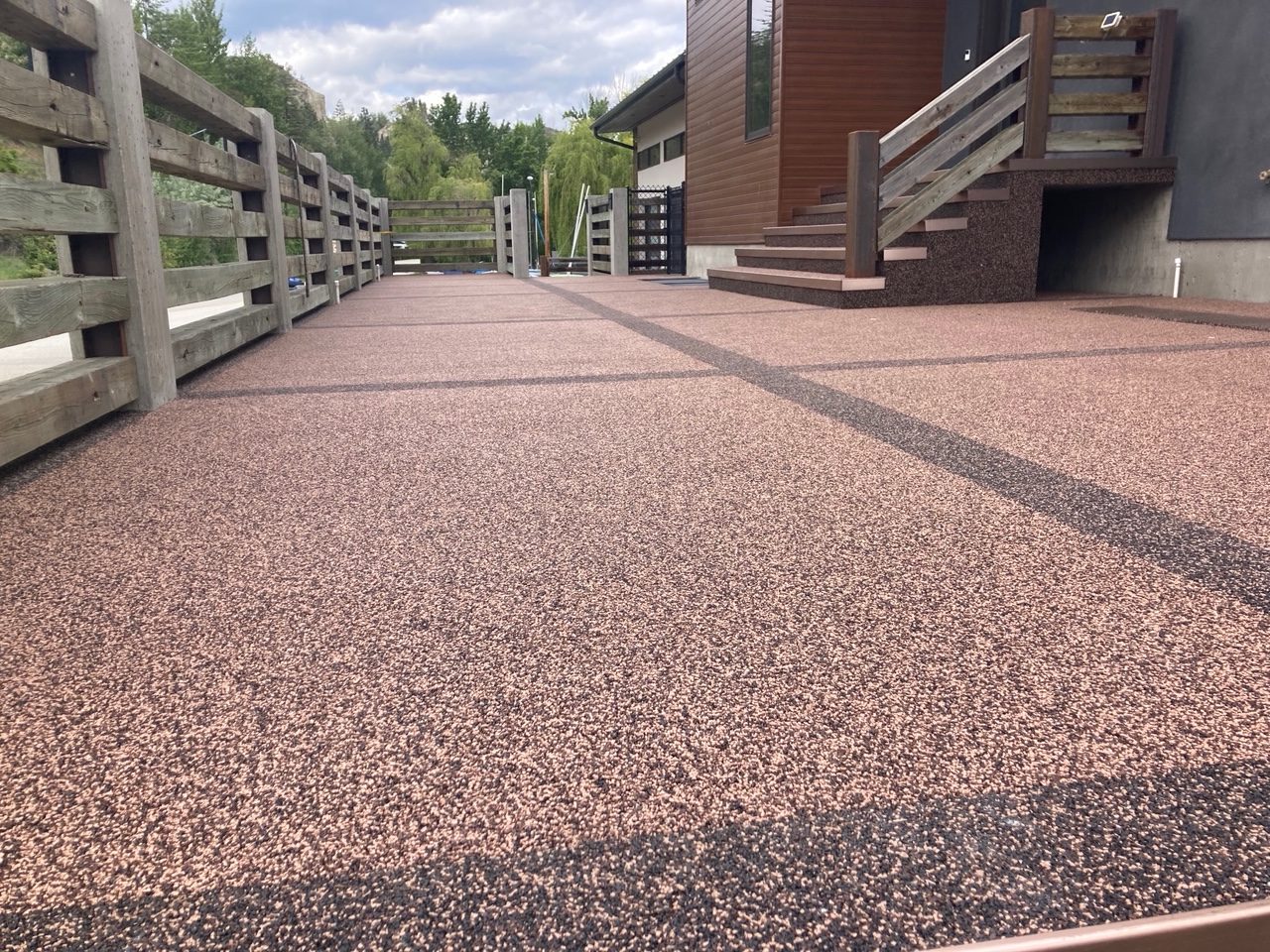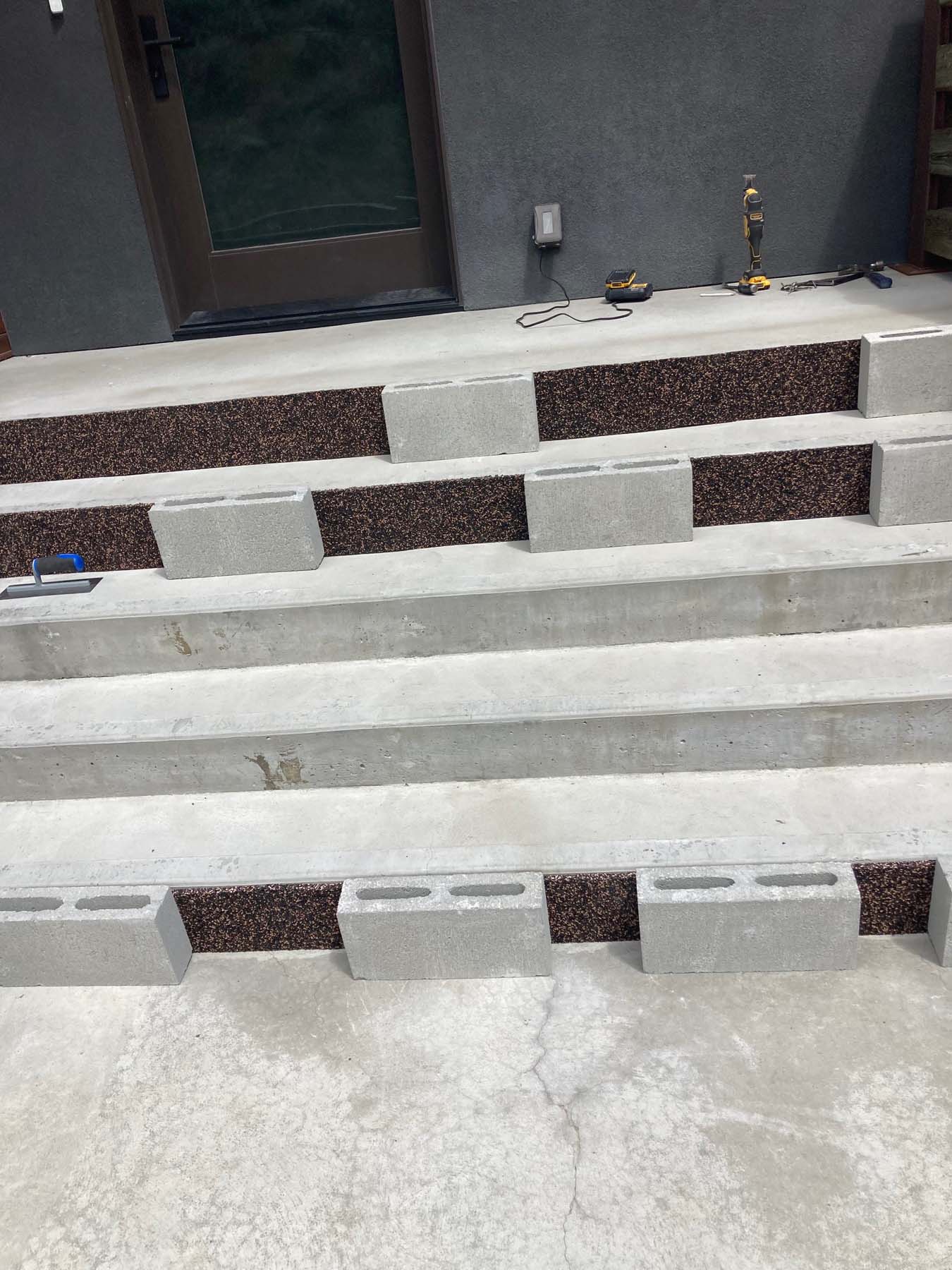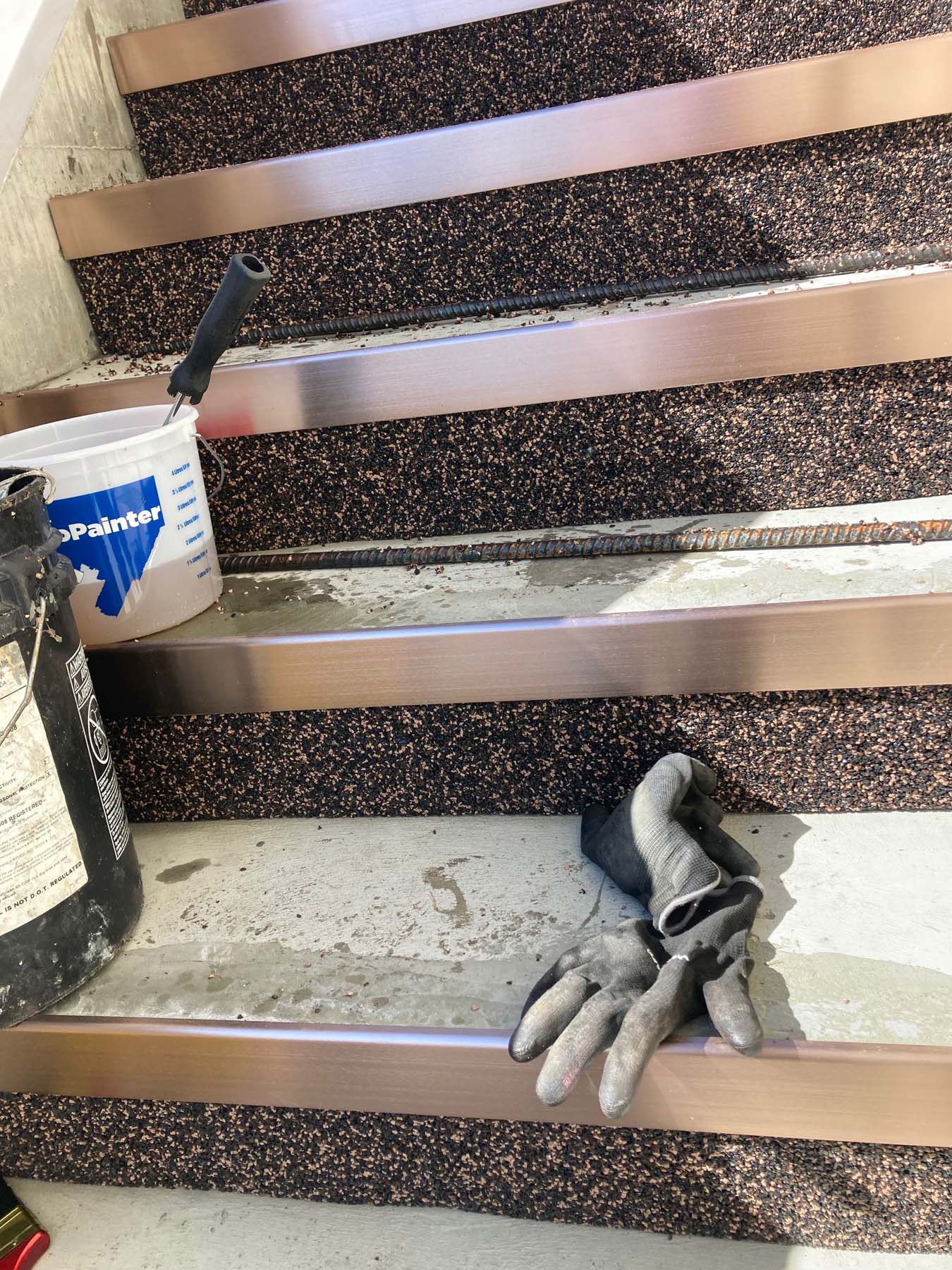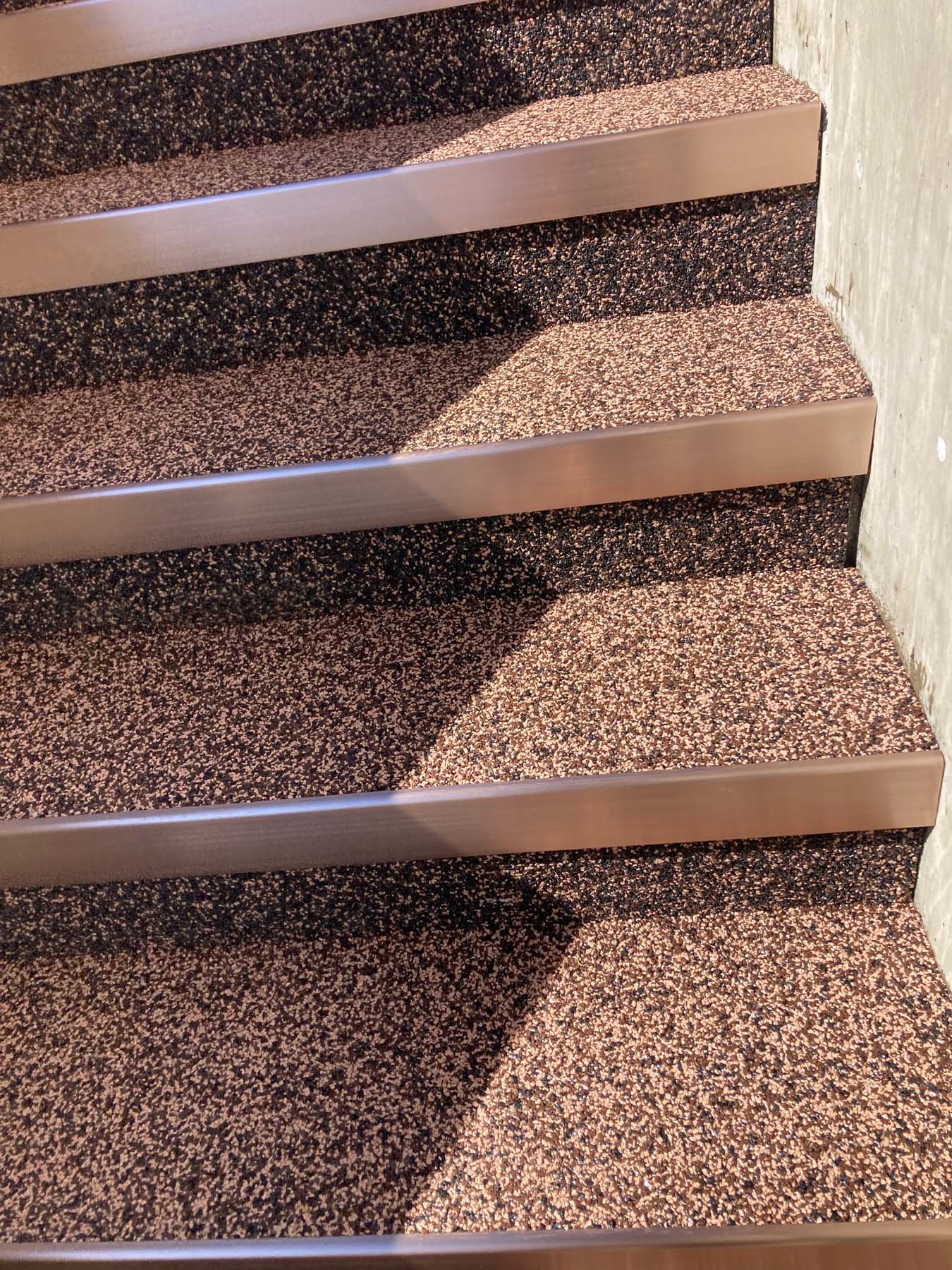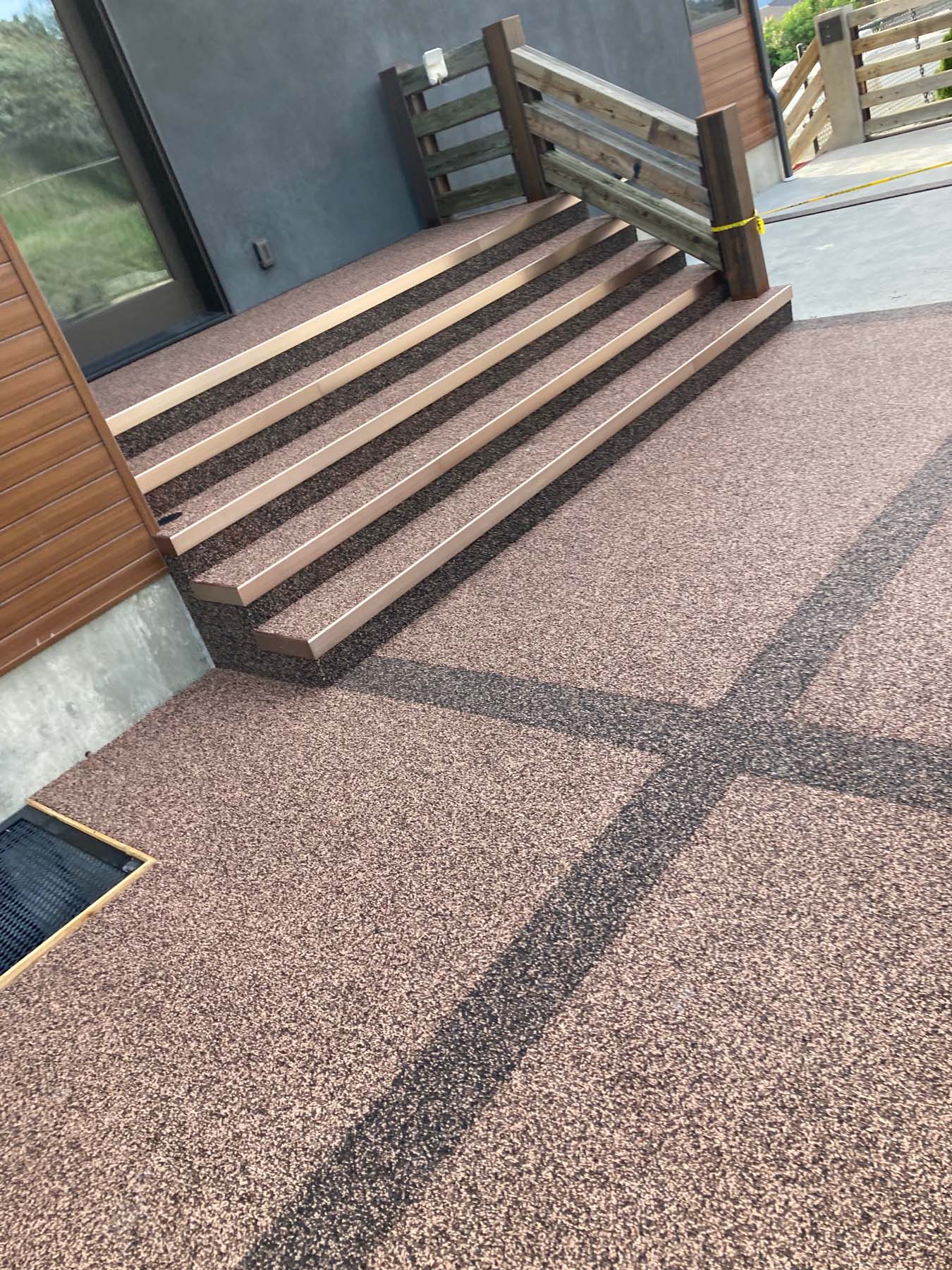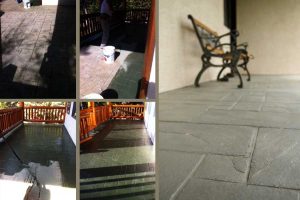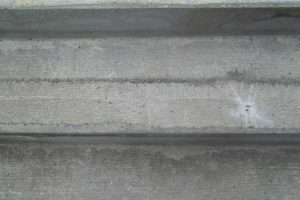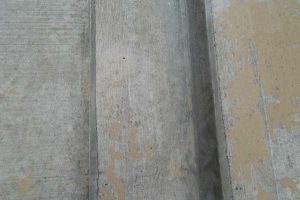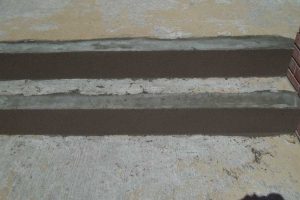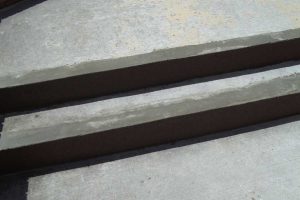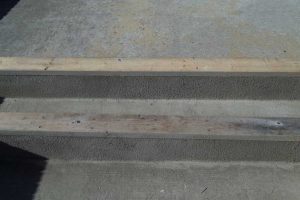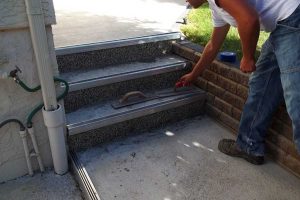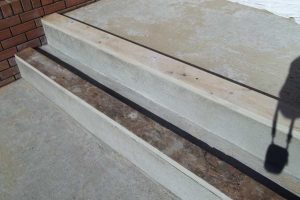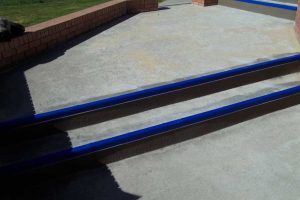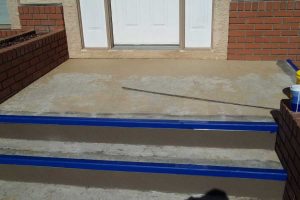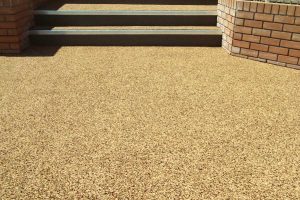Concrete restoration refers to the process of repairing, renewing, and strengthening deteriorated or damaged concrete structures. Over time, concrete can experience wear due to factors like weather, chemical exposure, physical damage, and aging. Full Mason carries out restoration throughout the Columbia Valley and across BC and Alberta. Restoration helps to extend the lifespan of the concrete and improve its aesthetic and functional qualities.
THE RESORATION of old or damaged concrete should be a consideration as you look to renovate your basement or garage spaces. Old chipped or cracked concrete can be fixed to look like new, breathing new life into an old space!
Check out a few before and after concrete restorations by Russell Buksa and RNB Works (Full Mason).
Common Concrete Restoration Techniques:
- Crack Repair:
- Cracks in concrete can be filled using epoxy injections or polyurethane resins, which bond with the surrounding concrete and restore its structural integrity.
- Surface Repairs:
- Patch Repair: Damaged areas of concrete are removed, cleaned, and replaced with new concrete or repair mortar.
- Surface Resurfacing: A thin layer of new concrete or a special resurfacing compound is applied over the existing surface to restore its smoothness, appearance, and durability.
- Concrete Strengthening:
- Methods like adding carbon fiber reinforcement, steel plates, or external post-tensioning can be used to increase the strength of the concrete.
- Protective Coatings:
- Sealers and coatings can be applied to protect the concrete from further deterioration caused by water, chemicals, or abrasion.
- Concrete Cleaning:
- Over time, concrete surfaces can accumulate dirt, stains, or mold. Pressure washing, sandblasting, or chemical cleaning methods can restore the surface to its original appearance.
- Waterproofing:
- Adding a waterproofing layer or membrane can help protect concrete structures from water ingress, particularly in underground or marine environments.
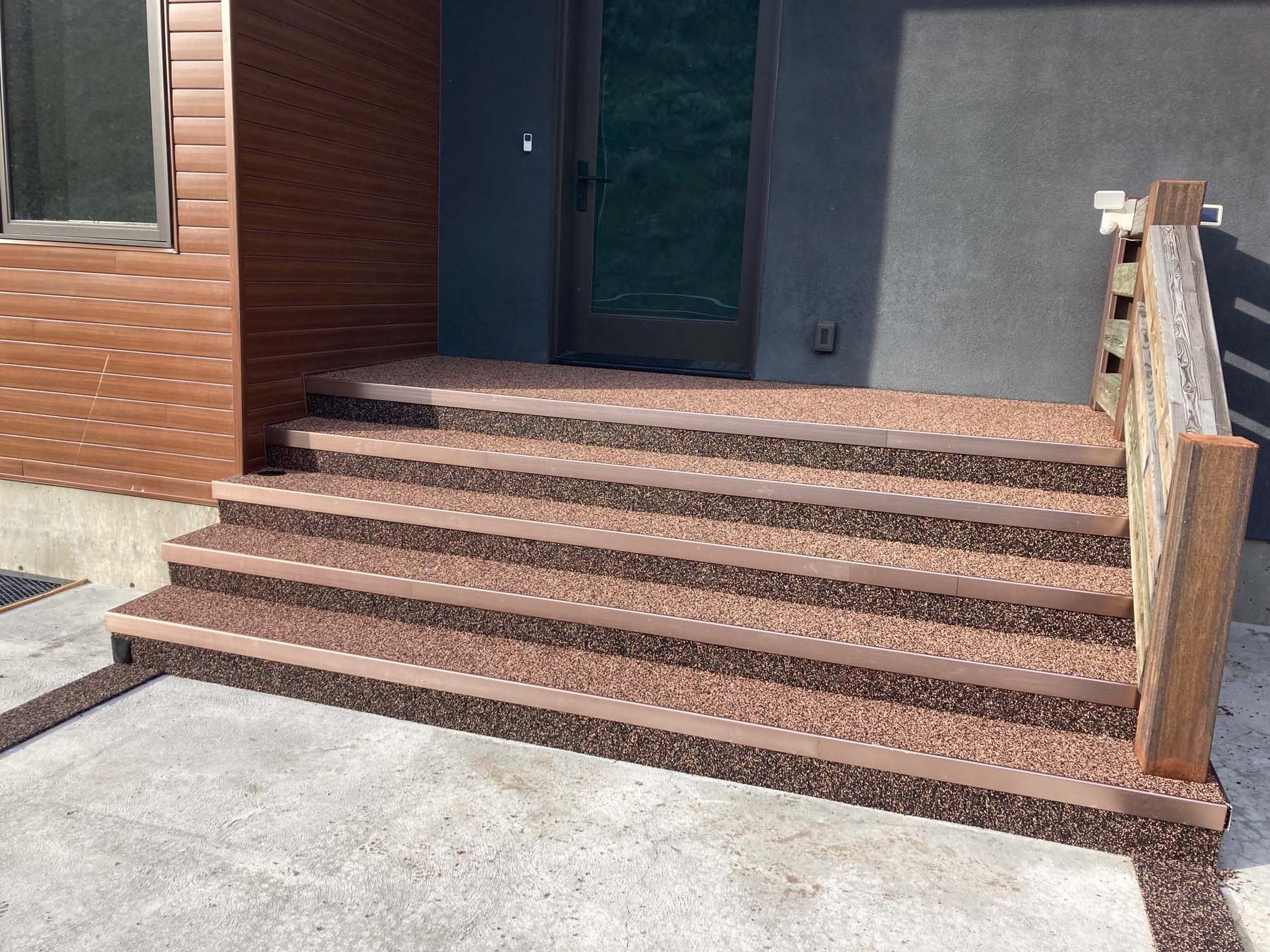
Rubber Overlay
A rubber overlay is a protective layer made from synthetic rubber (often EPDM, polyurethane, or rubberized asphalt) applied to surfaces, such as concrete, to provide enhanced durability, weather resistance, and aesthetic appeal. Rubber overlays are commonly used for outdoor spaces, driveways, walkways, sports courts, and pool decks. These overlays can also be used in concrete restoration projects to improve the surface’s performance and appearance.
Benefits of Rubber Overlay:
- Durability:
- Rubber overlays are highly resistant to cracking, fading, and damage from UV rays, making them ideal for high-traffic or outdoor environments.
- Slip Resistance:
- Rubber surfaces are naturally slip-resistant, offering enhanced safety for areas exposed to moisture, such as pool decks or walkways.
- Flexibility and Expansion:
- Unlike rigid concrete, rubber can expand and contract with temperature changes, reducing the risk of cracking due to freeze-thaw cycles.
- Impact Absorption:
- Rubber is an excellent material for cushioning, which makes it ideal for areas where people are likely to fall, like playgrounds or sports courts.
- Aesthetic Appeal:
- Rubber overlays come in various colors and textures, allowing for customized designs and patterns that can enhance the aesthetic value of a property.
- Ease of Installation:
- The installation of rubber overlays is generally faster and less labor-intensive than completely replacing or resurfacing concrete. The overlay is typically poured or rolled onto the existing surface.
- Weather Resistance:
- Rubber overlays are resistant to extreme weather conditions, including rain, snow, and intense heat, making them suitable for areas that experience harsh climates.
Application Process for Rubber Overlays:
- Surface Preparation:
- The existing concrete surface is cleaned and any major cracks or damage are repaired to ensure proper adhesion of the rubber material.
- Primer Application:
- A bonding primer may be applied to improve the adhesion of the rubber overlay to the concrete surface.
- Overlay Installation:
- The rubber compound is either poured, sprayed, or troweled onto the surface in a uniform layer.
- Curing Time:
- The overlay is allowed to cure, harden, and bond to the concrete beneath it, typically within 24-48 hours.
In summary, concrete restoration is a broad set of techniques aimed at repairing and preserving concrete structures, while a rubber overlay is a specific application for adding a durable, flexible, and aesthetic layer over existing concrete surfaces. Rubber overlays are particularly popular for enhancing the functionality and appearance of outdoor concrete spaces, while concrete restoration focuses on bringing damaged concrete back to its original or improved condition.
Check out some older before and after concrete restorations by Russell Buksa and RNB Works (Full Mason).

